4T-Pedestrian Safety
This course discusses the issue of pedestrian safety as it relates to traffic studies and plan design. A background of the pedestrian safety problem is discussed. An understanding of pedestrian characteristics and transportation design and policy elements that impact pedestrian safety are covered. Design for pedestrian safety is discussed as it relates to street design, street connectivity, site design, land use and access management. Methods to improve pedestrian safety are provided.
Collection data to identify pedestrian safety problems is outlined as it relates to types of safety projects and the information necessary to identify and quantify pedestrian safety deficiencies.
Description:- This course discusses the issue of pedestrian safety as it relates to traffic studies and plan design. A background of the pedestrian safety problem is discussed. An understanding of pedestrian characteristics and transportation design and policy elements that impact pedestrian safety are covered. Design for pedestrian safety is discussed as it relates to street design, street connectivity, site design, land use and access management. Methods to improve pedestrian safety are provided.
Collection data to identify pedestrian safety problems is outlined as it relates to types of safety projects and the information necessary to identify and quantify pedestrian safety deficiencies.
Analyzing the information and prioritizing the concerns is an important issue. Identifying high crash locations, corridors, targeted areas and jurisdiction is key to determining possible solutions. Crash typing is covered in order to select appropriate solutions. A ranking system is then produced to prioritize the solutions for implementation. Safety solutions must take into account design specifications and guidelines. Engineering, enforcement and educational solutions can all be used in policy and planning solutions. After implementation, these solution should be monitored to make sure they have a positive effect.
Course Outline:- The Pedestrian Safety course discusses the issue of pedestrian safety as it relates to traffic studies and plan design. In 2018, 5,376 pedestrians were killed in traffic crashes, representing 14 percent of all roadway-related fatalities. Many pedestrian crashes are the result of unsafe motor vehicle driver and pedestrian behaviors. Certain roadway design features can contribute to unsafe behaviors by pedestrians and motorists. Good pedestrian safety planning must include an understanding of the characteristics of pedestrians. The major planning, design and policy elements that impact pedestrian safety include street design, street connectivity, site design, land use and access management.
It is important to know where pedestrian safety deficiencies exist, how extensive the safety problems are and what new projects, programs and policies can provide the biggest safety benefit, including those related to engineering, education and enforcement. This data collection must occur before an action plan can be formulated.
Improving pedestrian safety in a community or region is typically the result of implementing different safety treatments and changing agency design policies. Projects involving pedestrian countermeasures can be subdivided into spot locations, corridors, target areas, and jurisdictions.
Jurisdictions should ensure that all of their policies, plans and engineering design guidelines include considerations for pedestrian safety. The crash data should be analyzed so that the pedestrian improvement projects can be prioritized and selected for safety solutions. Pedestrian safety should be monitored in the areas where countermeasures were implemented to ensure that the improvements have positive results. The course is designed to provide a basic knowledge of pedestrian safety from which an engineer can use this information in traffic studies and plan design.
| Objetivos de aprendizaje | Objectives:-
|
|---|---|
| Horas de Contacto | 4 Horas |
| Cursos CIAPR | CURSO TECHNICO |
| Instructor | Debra Kennaugh, P.E. |
| Dispositivos | Desktop, Tablet, Mobile |
| Idioma | English |
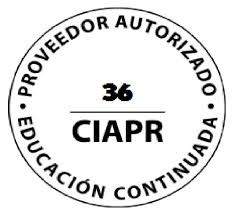
IACET ACCREDITED PROVIDER
|
Self Learning Solutions LLC es una empresa con más de 14 años de experiencia en este mercado. En Self Learning Solutions estamos orgullosos de haber obtenido la acreditación IACET para nuestra organización, junto con las aprobaciones necesarias para comercializar nuestros productos en todo Estados Unidos. Self Learning Solutions está acreditado por la Asociación Internacional para la Educación y Formación Continua (IACET). Self Learning Solutions cumple con el estándar ANSI / IACET, que es reconocido internacionalmente como un estándar de excelencia en las prácticas de instrucción. Como resultado de esta acreditación, Self Learning Solutions está acreditada para emitir la CEU IACET. |
Requisitos del sistema de SLSTECH
Para ejecutar nuestro sistema de manera eficaz, como mínimo, debe utilizar los componentes del sistema que se enumeran en esta página. Si no lo hace, es posible que el sistema aún funcione pero que se pierda alguna funcionalidad. Las configuraciones internas de los entornos de IT del lugar de trabajo también pueden restringir la funcionalidad de nuestro sistema. El acceso al contenido puede verse afectado, al igual que la posibilidad de subir archivos. También pueden aplicarse limitaciones de tamaño de archivo. Los lugares de trabajo también pueden tener versiones anteriores de software, y nuestro sistema puede no funcionar bien con estos.
Sistema operativo
-
Recomendado: Windows 7, 10, Mac OSX Sierra, iPad IOS10
Velocidad de Internet
-
Use una conexión de Internet (broadband connection) (256 Kbit / seg. o más rápida, esto le permitirá ver videos y presentaciones en línea) a través de un módem inalámbrico USB, ADSL, T1 / T2, fibra óptica o cable.
-
El acceso telefónico será mucho más lento y no lo recomendamos para usar nuestro systma.
Navegadores de Internet
Los navegadores compatibles incluyen:
-
Google Chrome 32 bit versión 50 o posterior (recomendado para una compatibilidad óptima, esto se ha probado exhaustivamente en Windows)
Safari 10 o posterior (recomendado para una compatibilidad óptima, esto se ha probado exhaustivamente en Mac)
Tenga en cuenta que los complementos y las barras de herramientas pueden afectar el rendimiento de cualquier navegador.
-
No se recomienda MS Internet Explorer
Configuraciones
Recomendamos que se habilite lo siguiente:
-
Cookies
-
Ventanas emergentes "Pop-ups" (tanto en el navegador de Internet como en el software de seguridad)
-
Javascript
-
Le recomendamos que utilice la última versión de Adobe Flash Player.
Software
-
Le recomendamos que utilice la última versión de Adobe Acrobat Reader.
-
Para ver todos los recursos cargados en Hazmat Authority, es probable que necesites tener instalado Microsoft Office (Word, Excel, PowerPoint) o un equivalente (por ejemplo, Open Office, Viewer).
Seguridad
Con todos los "firewalls", asegúrese de habilitar la carga de archivos.


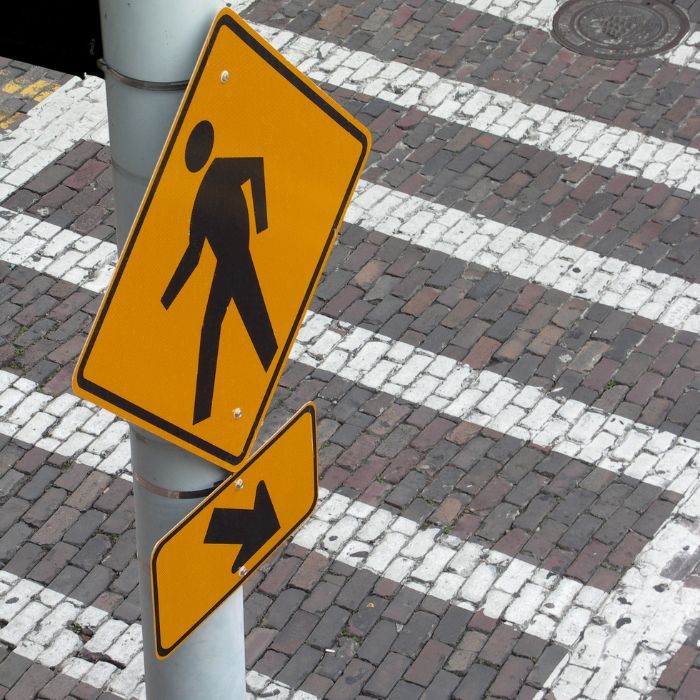
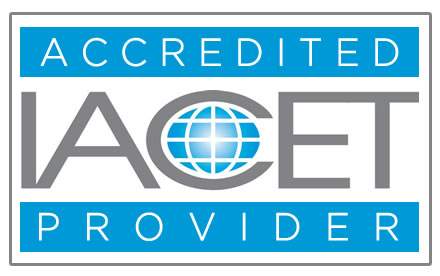


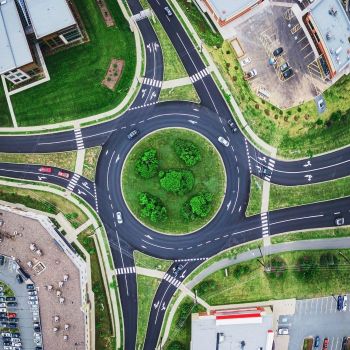


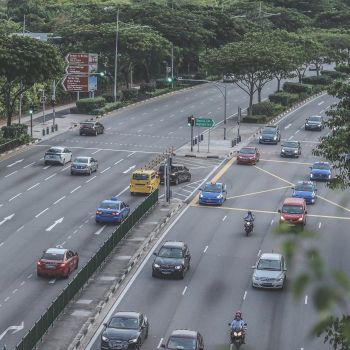



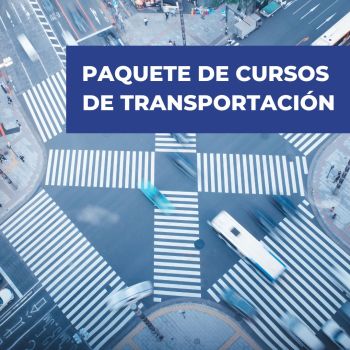
Validate your login
Registrarse
Crear una nueva cuenta